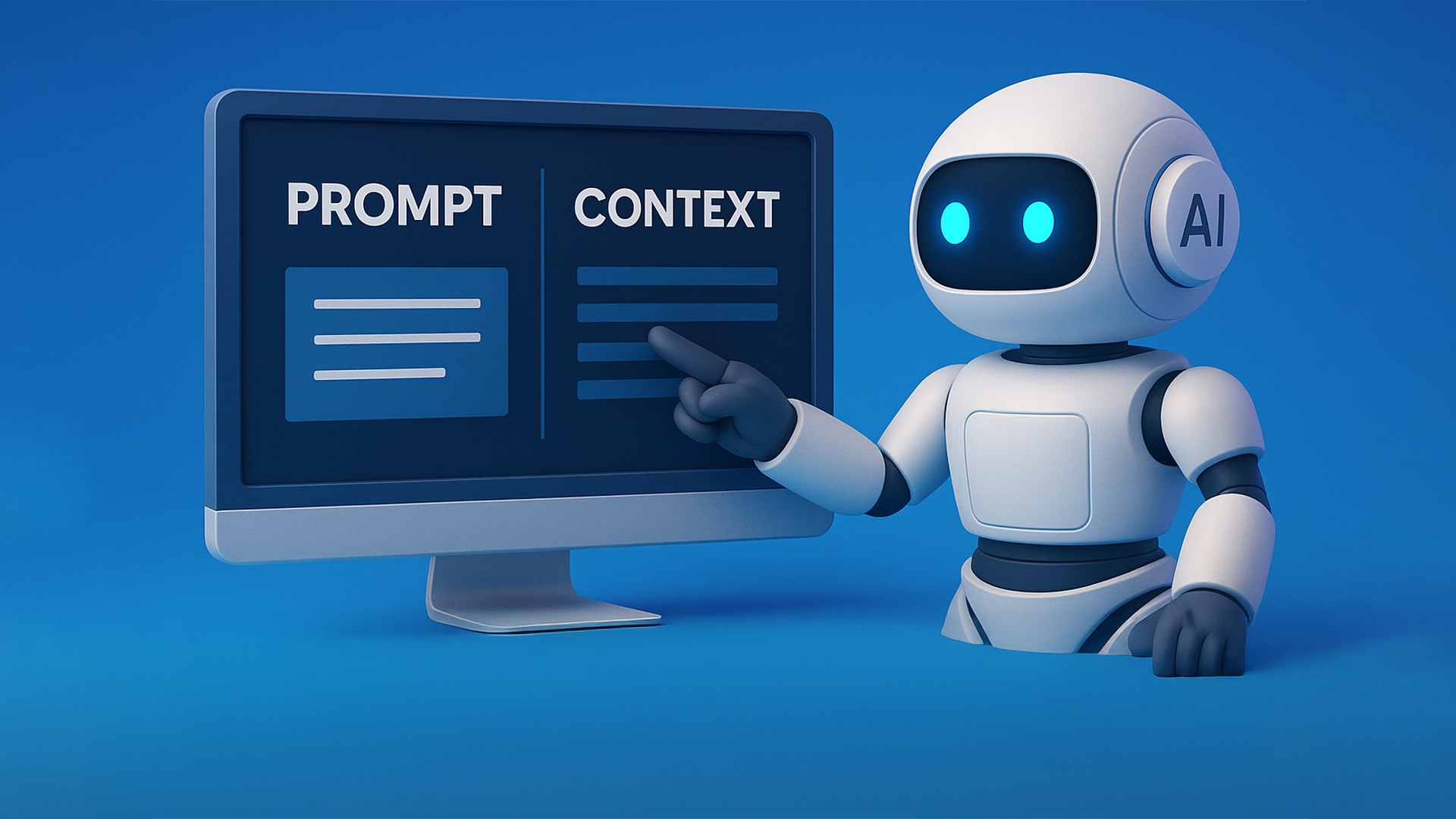As artificial intelligence becomes more integrated into our daily lives, understanding how to communicate effectively with AI models like ChatGPT is increasingly important. Two terms that frequently come up in this space are “prompt engineering” and “context engineering.” While they are related, they serve distinct purposes in shaping AI behavior and output.
Let’s explore the difference between the two, with clear examples to illustrate their roles.
What is Prompt Engineering?
Prompt engineering is the art and science of crafting the input (or “prompt”) that you give to an AI language model to get the desired output. The prompt is the direct instruction, question, or statement you provide.
Example of a Prompt:
- “Write a 200-word summary of the French Revolution.”
- “Translate this sentence into Spanish: ‘How are you today?’”
- “List three benefits of daily exercise.”
Prompt engineering focuses on how you phrase your request, the level of detail you provide, and the clarity of your instructions. A well-engineered prompt leads to more accurate, relevant, and useful AI responses.
What is Context Engineering?
Context engineering goes a step further. It involves shaping the broader environment or background information that the AI uses to interpret and answer your prompt. Context can include previous conversation history, user preferences, relevant documents, or any additional data that provides background for the AI.
Example of Context: Imagine you’re interacting with an AI assistant about travel plans. The context might include:
- Previous messages: “I want to visit Paris in July. I prefer museums over outdoor activities.”
- User profile: “Vegetarian, traveling with two kids.”
- Documents: An itinerary draft, hotel bookings. When you later prompt, “Suggest some lunch spots,” the AI uses this context to recommend vegetarian-friendly restaurants suitable for families in Paris.
Prompt vs. Context: A Simple Example
Let’s break this down with a side-by-side example:
- Prompt: “Summarize the following article.”
- Context: The full text of the article you want summarized. Or, in a dialogue:
- Prompt: “What’s the weather like today?”
- Context: Your location (e.g., “Kuwait City”) provided earlier in the conversation.
Without context, the AI may give generic answers. With context, its responses become more personalized and relevant.
Why Does the Difference Matter?
Understanding the distinction helps users and developers get better results from AI systems. Prompt engineering allows you to be precise in your requests, while context engineering ensures the AI has all the background information it needs to provide meaningful responses.
- Prompt engineering is about what you ask.
- Context engineering is about what the AI already knows when you ask. By mastering both, you can unlock the full potential of AI tools, whether you’re automating customer
support, building chatbots, or just getting more helpful answers from your digital assistant.
In summary: Prompt engineering is about crafting the right questions or instructions, while context engineering is about supplying the right background information. Together, they form the foundation for effective communication with AI.

